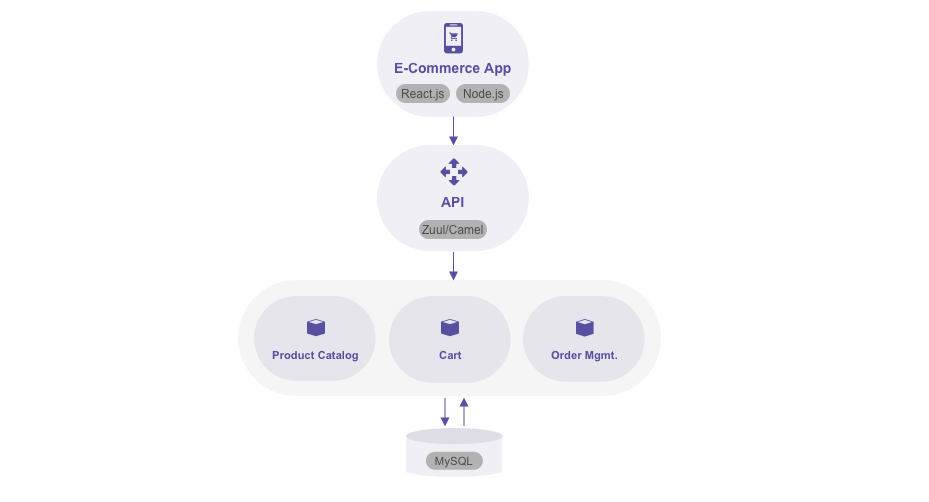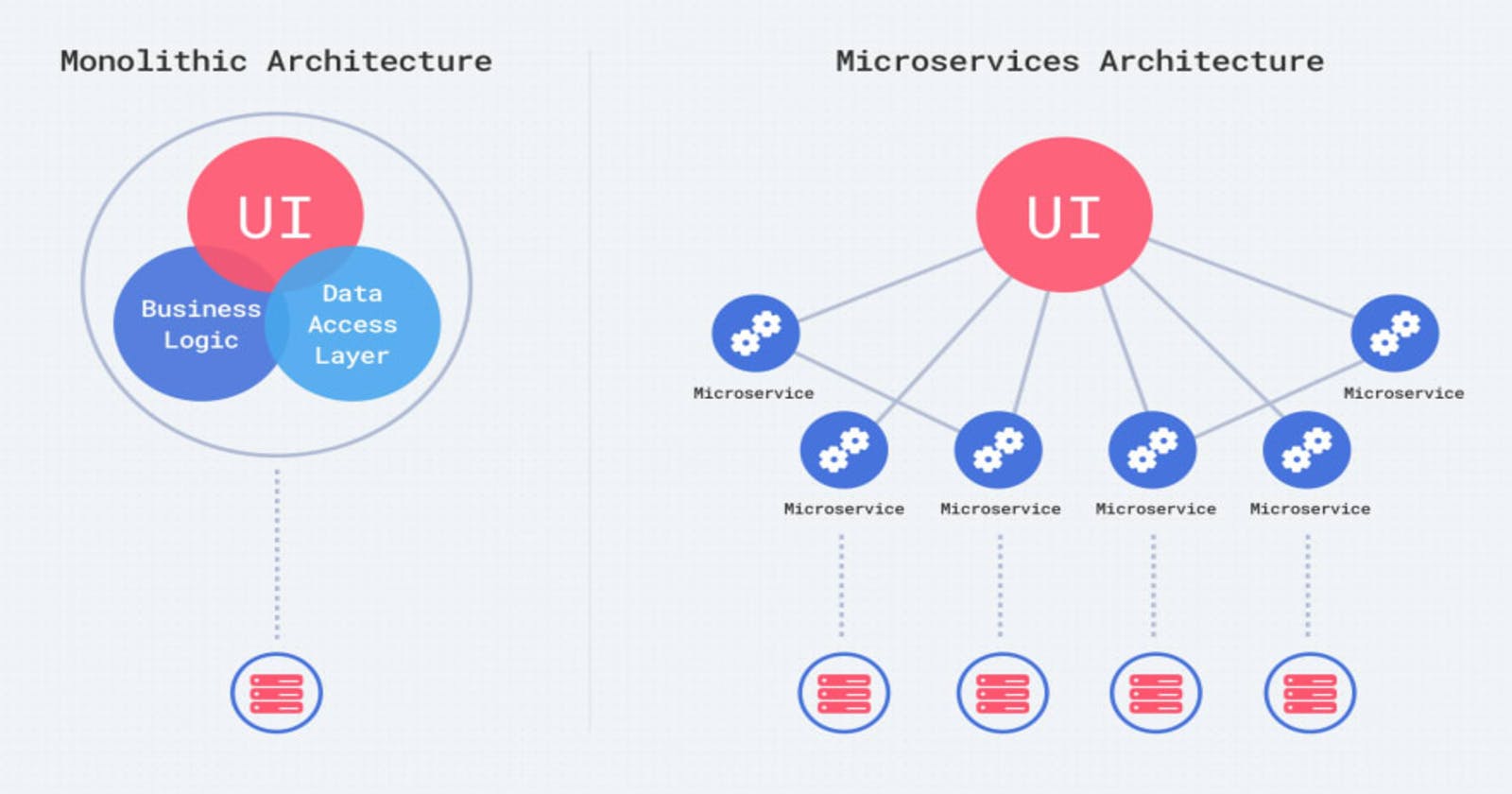When it comes to developing software applications, choosing the appropriate architectural style is a critical decision. Among the popular options are microservices and monolithic architecture.
By understanding the trade-offs, readers can make well-informed decisions that align with their project requirements.
Monolithic Architecture
Monolithic architecture represents the traditional approach where an application is developed as a single, self-contained unit. In this model, all components, including the user interface, business logic, and database access, are tightly integrated and deployed together.

Advantages:
Simplicity: Monolithic architectures are generally easier to develop, test, and deploy since all components reside within a single codebase.
Performance: Inter-component communication in monolithic applications is efficient as it avoids the overhead associated with network calls.
Ease of Debugging: Debugging and troubleshooting are simplified since all components run within the same process.
Challenges:
Scalability: Scaling monolithic applications can be challenging as the entire application needs to be replicated, even if only specific components require additional resources.
Limited Technology Choices: Monolithic architectures may restrict the use of different technologies or frameworks since the entire application must adhere to the same technology stack.
Maintainability: As monolithic applications grow larger, maintaining and modifying them becomes more difficult due to their tightly coupled nature.
Microservices Architecture
Microservices architecture involves breaking down an application into small, loosely coupled services that can be independently developed, deployed, and scaled. Each service is responsible for a specific business capability and communicates with other services through lightweight protocols.

Advantages
Simplifies application complexity by breaking it down into manageable services, leading to faster development and easier maintenance.
Enables independent development of each service by dedicated teams, promoting agility and specialization.
Facilitates the adoption of new technologies as developers have the freedom to choose the most suitable tools for their services.
Supports independent deployment of services, enabling continuous deployment in complex applications.
Allows for individual scaling of services, optimizing resource utilization.
Drawbacks
Introduces complexity due to the distributed nature of microservices, requiring additional considerations for inter-service communication and handling partial failures.
Imposes challenges for managing business transactions that involve multiple databases owned by different services, often necessitating eventual consistency approaches.
Increases testing complexity as each service and its dependencies must be configured and launched for testing.
Makes changes spanning multiple services more difficult to implement, requiring careful planning and coordination.
Adds complexity to deployment with a larger number of services and instances, necessitating automation and service discovery mechanisms.
It's important to weigh these advantages and drawbacks when considering the adoption of a microservices architecture for your project.
Choosing the Right Approach:
Choosing between microservices and monolithic architecture depends on several factors, including project size, complexity, scalability requirements, and team capabilities.
Monolithic Architecture is suitable when:
The application is relatively small and straightforward.
Simplicity and faster development are of paramount importance.
Scalability requirements are low to moderate.
The team has limited experience with distributed systems.
Microservices Architecture is suitable when:
The application is large and complex, with multiple interdependent components.
Scalability requirements are high, necessitating independent scaling of services.
The team possesses experience in building and managing distributed systems.
There is a need for technological flexibility, allowing the use of different languages or frameworks.

